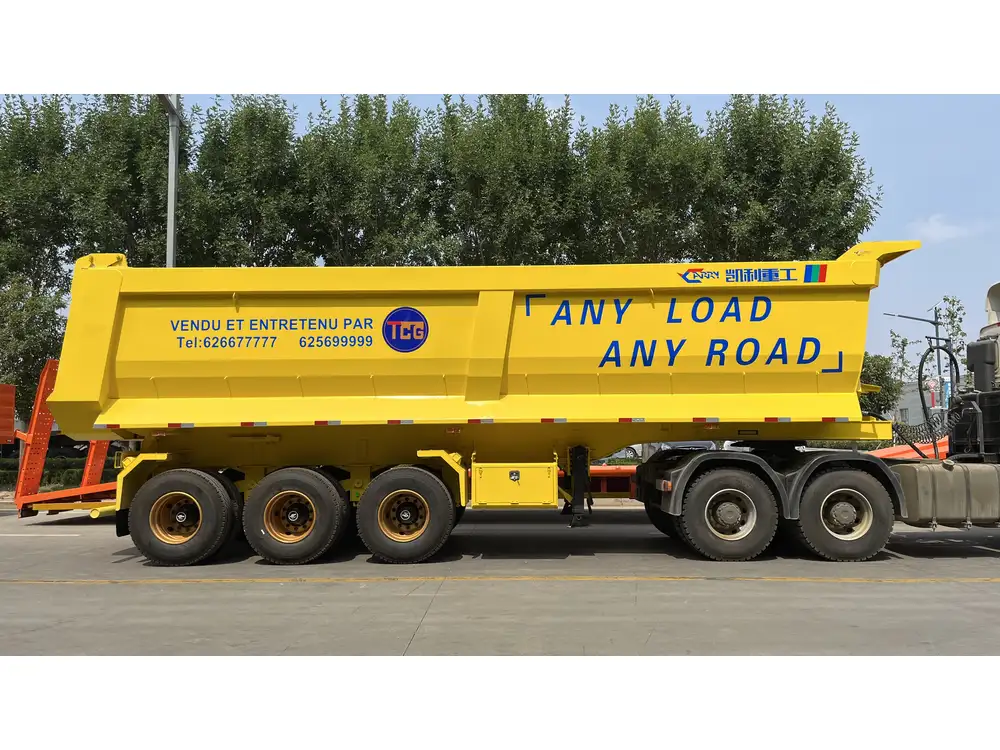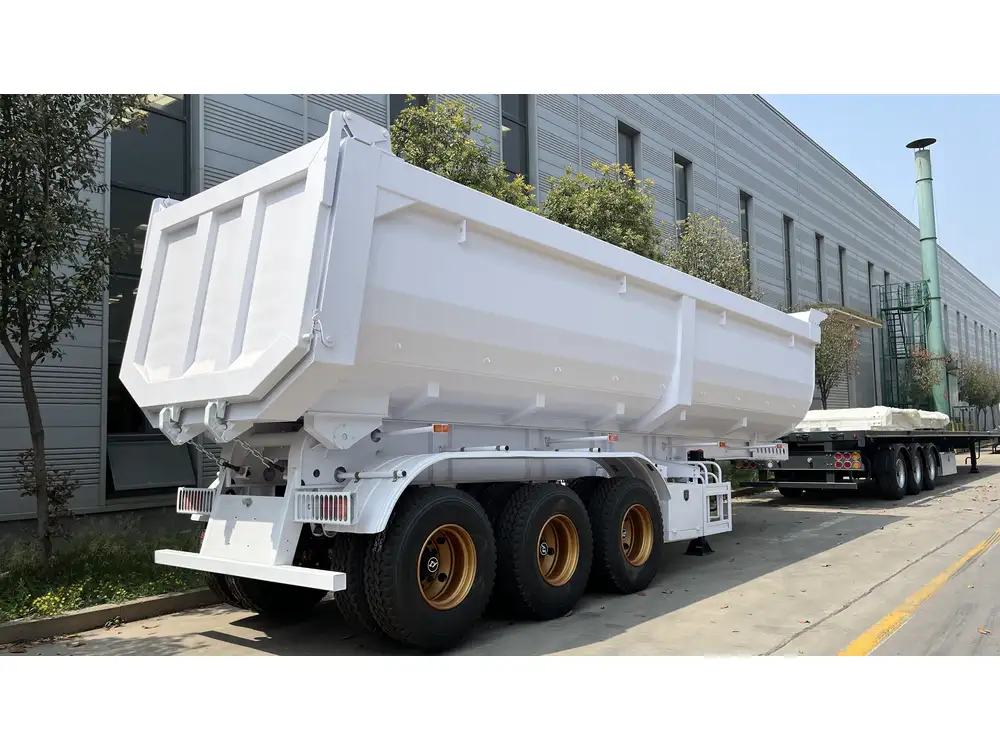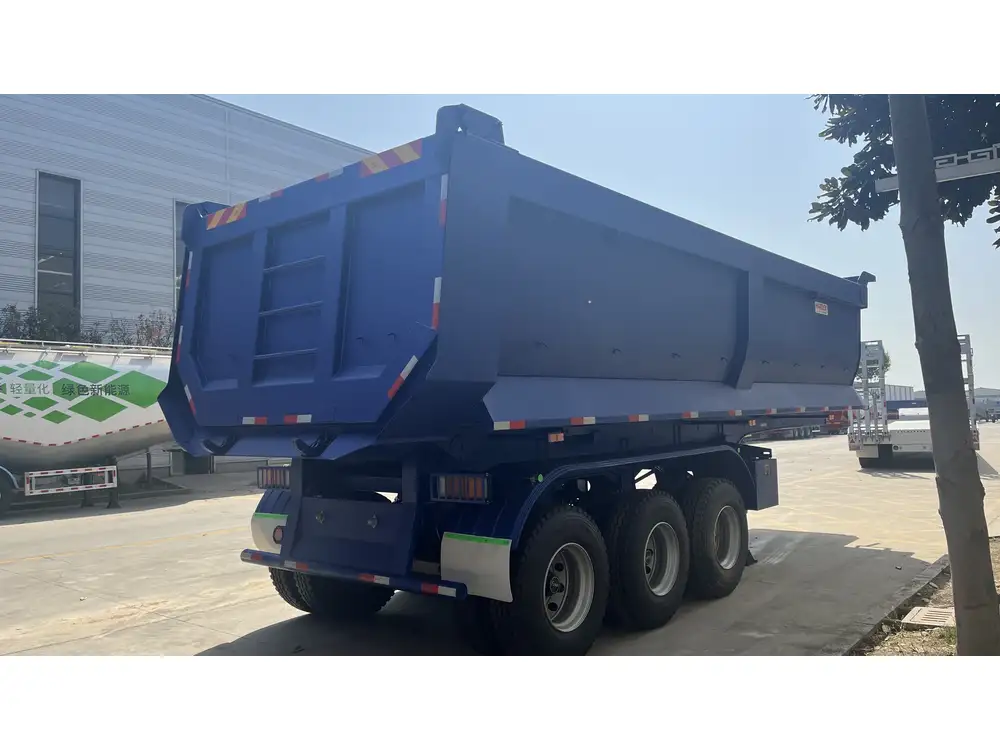When it comes to operating heavy-duty vehicles such as semi-trucks and trailers, understanding how to split weights correctly is crucial not only for compliance with transport regulations but also for ensuring the safety of the driver and other road users. This extensive guide delves deep into the practical ways to distribute weight on your semi-truck and trailer, ensuring you optimize your load while adhering to legal regulations.
Understanding Weight Distribution in Semi-Trucks
Importance of Weight Distribution
Proper weight distribution on a semi-truck and trailer plays a pivotal role in:
- Fuel Efficiency: Unbalanced weight can significantly increase fuel consumption.
- Tire Wear: Improper weight allocation can lead to uneven tire wear, increasing long-term costs.
- Brake Performance: Effective weight distribution enhances braking efficiency.
- Legal Compliance: Overweight loads may result in heavy fines and hamper your operations.

Key Terminology
| Term | Definition |
|---|---|
| Gross Vehicle Weight (GVW) | The total weight of the truck and its load. |
| Gross Axle Weight (GAW) | The weight borne by each axle of the truck. |
| Payload Capacity | The maximum weight limit that a truck can safely carry. |
| Weigh Station | Locations where trucks must stop to be weighed. |
Step-By-Step Guide to Splitting Weight
Step 1: Know Your Limits
Familiarize yourself with the federal and state regulations governing weight limits for semi-trucks and trailers. Generally, the following limits apply:
- Single Axle: 20,000 pounds
- Tandem Axle: 34,000 pounds
- Gross Weight: 80,000 pounds for the combined vehicle and load
These limits can vary by jurisdiction, so it’s crucial to confirm specific regulations in your operating area.

Step 2: Plan Your Load Distribution
Determine Load Type
Understanding the type of cargo being transported is key to optimal weight distribution. Consider:
- Bulk Materials: Tend to be heavier and should be loaded low and evenly.
- Containers: Should be centered over the axles.
- Automobile Transport: Stacking vehicles should be balanced to prevent overloading one side.
Create a Loading Plan
Draft a layout for how each component will be loaded within the trailer. Advantages of having a schemed approach include:
- Visual Representation: Eases the loading process.
- Safety Checks: Enables pre-loading assessments for potential weight issues.
Step 3: Utilize Weight Distribution Techniques
1. Axle Load Distribution
- Forward Load Distribution: Aim to distribute approximately 60% of the load’s weight over the front steering axle and 40% towards the rear.
| Axle Location | Recommended Weight Distribution |
|---|---|
| Front Axle | 12,000 – 13,500 pounds |
| Rear Axle | 34,000 pounds |
- Center of Gravity: Position heavier items closer to the trailer axles to lower the center of gravity, providing better stability.

2. Shifting Cargo
When loading:
- Place heavier items inside the trailer directly over the axles.
- Balance lighter materials around the site to avoid overloading any specific area.
3. Reevaluating Load After Securing
Once the load is fixed, re-evaluate the weight distribution using a floor scale or truck scale to ensure compliance with legal limits.
Step 4: Weighing Your Load
Utilize certified truck scales, typically found at weigh stations, to determine the total weight of your vehicle. Many of these stations provide split weight measurements for each axle.
- Types of Scales:
- Portable Scales: Useful for on-site regulations.
- Static Scales: Often used at weigh stations for final checks.

Step 5: Adjusting Weight Distribution
If weighing reveals an unbalanced load:
- Rearranging Cargo: Offload and redistribute as necessary.
- Use of Weight Distribution Hitches: To facilitate load leveling when towing.
Helpful Tools
| Tool | Description |
|---|---|
| Weight Distribution Scale | Measures axle weight and total weight |
| Leveling Kits | Helps align the load ideally on the trailer |
| Cargo Straps | Secures the load to prevent shifts during transport |
Step 6: Regular Maintenance Check
Inspect Brake and Suspension Systems
Periodic checks on your braking and suspension systems are vital, especially after significant weight adjustments. A well-maintained truck ensures optimal performance under varying load conditions.

Common Misconceptions About Weight Distribution
| Myth | Truth |
|---|---|
| “Unbalanced loads are fine” | Even minor imbalances can lead to instability |
| “Weight limits are negotiable” | Exceeding limits can result in fines and accidents |
| “Weight distribution does not affect fuel” | Poor distribution directly impacts fuel economy |
Additional Considerations
Legal Compliance and Best Practices
- Documentation: Keep accurate logs of weights based on scale results.
- State Regulations: Be aware that state regulations can differ; always check local laws.
- Safety Training: Train staff in proper loading techniques to ensure effective weight distribution.

Future Technologies
- Smart Weighing Systems: Digital scales with integrated GPS and weight sensors might soon dominate the market, enhancing accuracy and compliance in real-time.
- Automated Load Adjustment Systems: Emerging technologies are being tested that can automatically adjust weight distribution as cargo shifts during transit.
Frequently Asked Questions
1. Why is it critical to split weight properly on a semi-truck?
Establishing an appropriate weight distribution ensures safety, regulatory compliance, and efficiency. Anomalies in weight can lead to accidents, tire wear, and increased operational costs.

2. What are the consequences of exceeding weight limits?
Traveling with excess weight can lead to severe penalties, including fines and potential legal action, in addition to jeopardizing driver safety and security.
3. How can technology assist in weight distribution?
Up-to-date weighing systems can provide instant feedback on weight distribution, enabling truck drivers to make immediate adjustments as necessary.
Conclusion
Navigating the complexities of weight distribution for semi-trucks and trailers is vital for safe and efficient transport. By honing in on the right techniques for calculating, balancing, and monitoring weight, we can significantly enhance performance and compliance. Following this structured approach while leveraging modern tools and technologies can help mitigate risks, optimize operations, and transform the way we handle cargo transport. Always anticipate challenges, act proactively, and ensure that your semi-truck and trailer maintain the highest safety and efficiency standards on the road.



